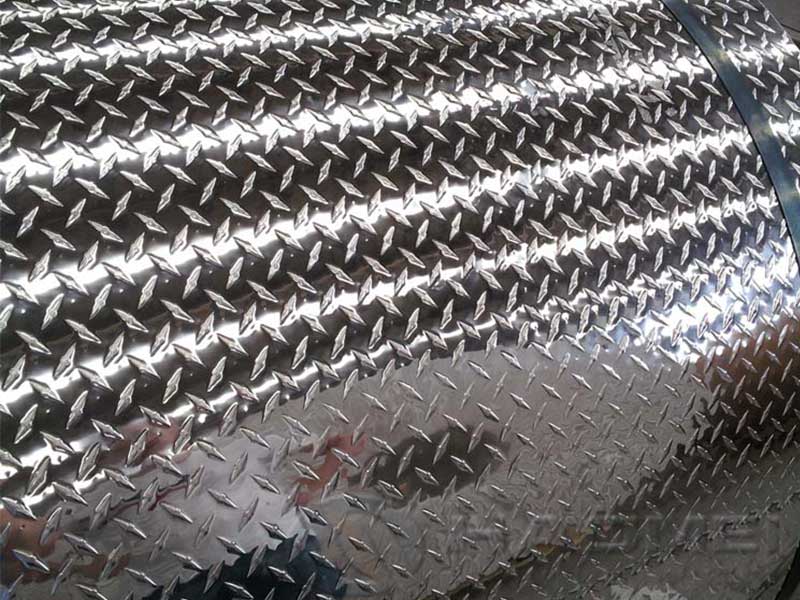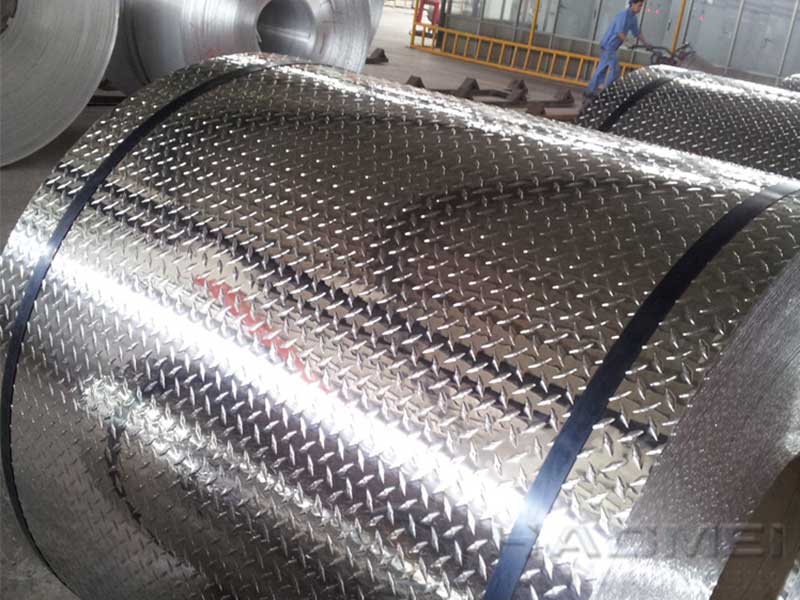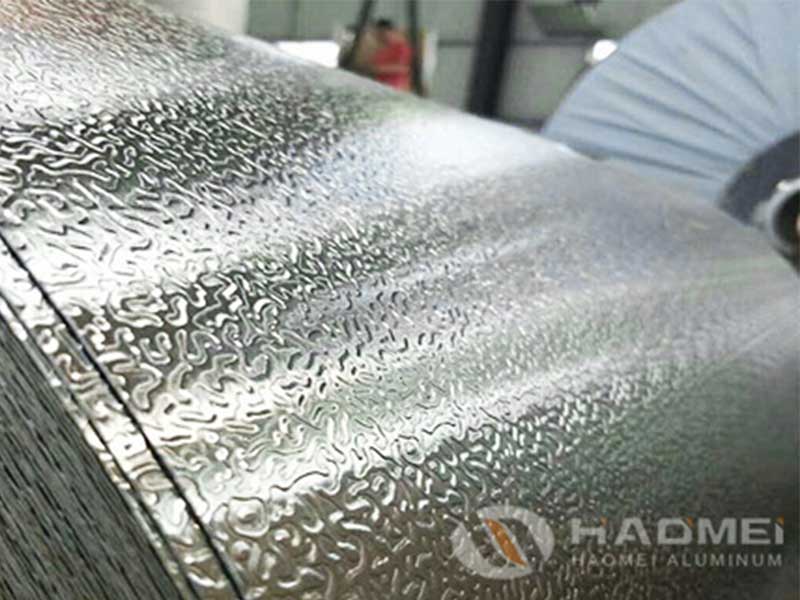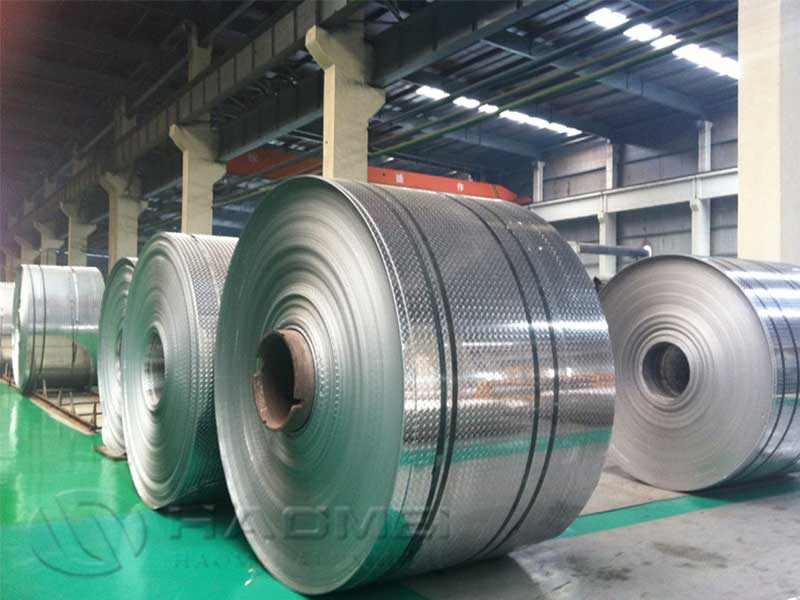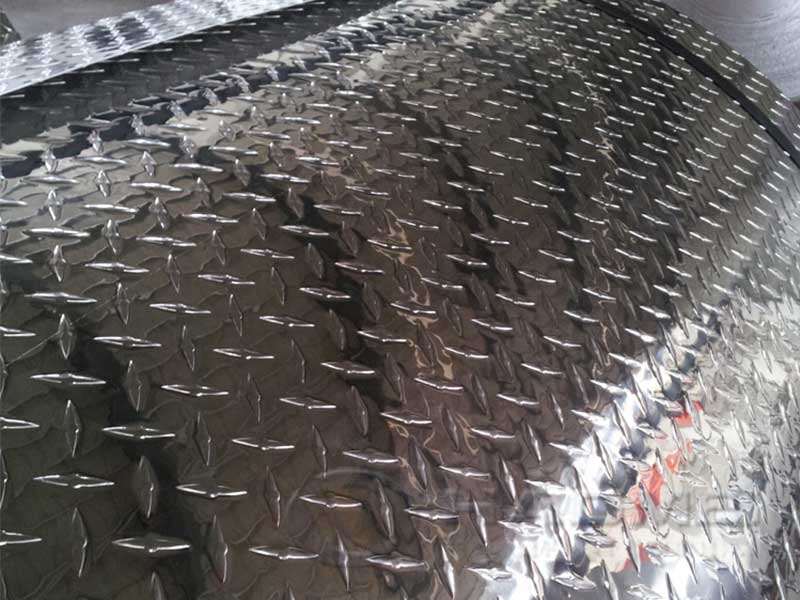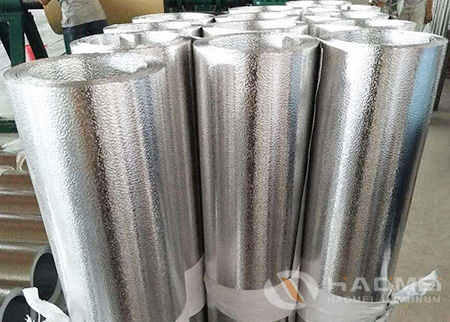1050 1060 3003 5754 embossed aluminum alloy plate sheet
Embossed aluminum sheets have become fundamental in a range of industries due to their unique functional benefits and aesthetic appeal. Whether utilized for architectural applications, storage tank interiors, or vehicle exteriors, each type possesses specific qualities that cater to varied use cases.
Technical Breakdown of Embossed Aluminum Alloys
Embossed aluminum sheets are produced by rolling aluminum through patterns to create a textured finish. This crafting not only offers visual interest but also enhances certain functional aspects such as strength and anti-slip properties. Each alloy—specifically 1050, 1060, 3003, and 5754—offers distinct attributes worth :
Working with 1050, 1060, 3003, and 5754 embossed aluminum alloy sheet for stucco applications presents distinct challenges and opportunities. The softer alloys, 1050 and 1060, are excellent for achieving deep, intricate embossing patterns, yielding a highly detailed stucco effect. However, their inherent softness means they're more susceptible to scratching and denting during handling and fabrication, requiring careful attention throughout the production process. We've found that optimizing press parameters and employing protective coatings during storage and transport are crucial to maintaining surface quality. The increased formability of these alloys also means we can achieve more complex 3D stucco designs, expanding our product range.
Conversely, the stronger alloys like 3003 and 5754 offer superior durability and resistance to impact damage, making them ideal for applications requiring robustness, such as exterior cladding where they’re exposed to the elements. However, achieving sharp, fine detail in the embossing process becomes more difficult with these alloys. We've experimented extensively with different die designs and press pressures to optimize the embossing process for these materials, finding that slightly modified geometries and a multi-stage pressing process often yields the best results. A detailed of the material's strain hardening characteristics and careful monitoring of the embossing process is essential for ensuring consistent quality and preventing cracking or other defects in the finished product.
- 1050 Aluminum Alloy:
- Composition: 99.5% pure aluminum.
- Features: High thermal and electrical conductivity, exceptional corrosion resistance, and good ductility.
- Applications: Common in chemical and food industry environments, exposure where corrosion resistance is crucial. Employed for storage containers, roofs, and decorative applications where strength is contextually irrelevant.
- Function: This alloy is non-heat treatable yet can be highly effective where extruded components maximize functionality without compromising on lightweight characteristics.
- 1060 Aluminum Alloy:
- Composition: Contains 99.6% aluminum with excellent additive properties.
- Features: Offers even greater corrosion resistance than 1050 and is easy to manipulate due to its superior malleability.
- Applications: Semiconductors, electronics casings, and chemical process equipment. It shines in usages where high formability, conductivity, and lifespan durability mute alternatives.
- Function: Ideal for kitchenware and heat exchangers, this alloy inherently withstands extensive temperature fluctuations yet remains aesthetically pleasing.
- 3003 Aluminum Alloy:
- Composition: 97.25% aluminum with manganese as the principal alloy component.
- Features: Enhanced workability combined with good corrosion resistance and moderate strength.
- Applications: Frequently utilized for manufacturing appliances, cooking utensils, and storage/handling equipment. The embossing helps create no-slip surfaces for operating panels or cooling racks in appliances.
- Function: Where improved welding purposes come into , 3003 offers an attractive weight-to-strength accord, helping embrace intensity without fatigue.
- 5754 Aluminum Alloy:
- Composition: Mainly aluminum with magnesium and possesses exceptional weldability.
- Features: Brings higher flexibility compared to other alloys and delivers superior resistance against saltwater corrosive assaults.
- Applications: Excellent for marine environments, fabrication of industry machinery, transport moldings, and intensified marine sundries like boat hulls. The addition of embossing instills heightened inertness within loaded conditions.
- Function: Its prolonged lifecycle inspires usage across seafaring vessels where fatigue, temp fluctuation, and residual resting capacity serve essentials for functionality.
https://www.alusheets.com/a/1050-1060-3003-5754-embossed-aluminum-alloy-plate-sheet.html

